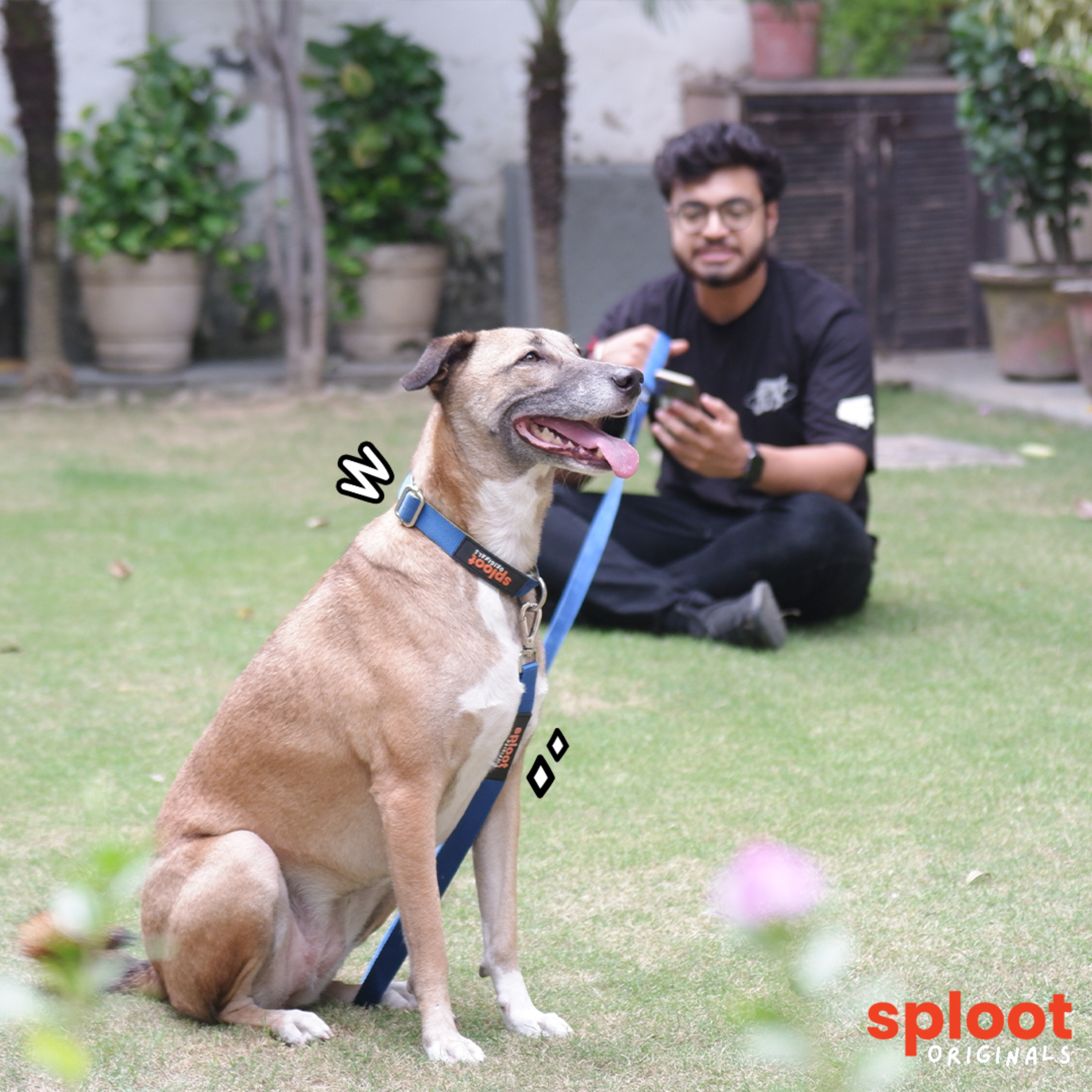Common Pet Sitting Mistakes to Avoid

Pet sitting is a valuable service that allows pet owners to leave their beloved companions in trusted hands while they are away. However, like any responsibility, pet sitting comes with its own set of challenges and potential pitfalls. In this guide, we will highlight common pet sitting mistakes and offer tips on how to avoid them, ensuring a positive experience for both pet sitters and pets.
Lack of Communication
One of the most significant mistakes pet sitters can make is failing to establish clear and open communication with the pet owner. Make sure you understand the pet owner's expectations, including feeding schedules, exercise routines, and any special instructions. Regular updates and communication can help build trust and reassure the pet owner that their pet is in good hands.
Not Following Instructions
Ignoring or neglecting the pet owner's instructions can lead to problems. Whether it's dietary restrictions, medication schedules, or specific care routines, it's crucial for pet sitters to follow the guidelines provided by the pet owner to ensure the pet's well-being.
Overlooking Safety
Pet safety should always be a top priority. Failing to secure doors, gates, or enclosures can result in pets escaping or getting into dangerous situations. Additionally, pet sitters should be aware of potential hazards in the home, such as toxic plants or chemicals.
Inadequate Preparation
Arriving unprepared is another common mistake. Pet sitters should familiarize themselves with the pet's needs, routines, and any special care requirements well in advance of the pet owner's departure. This includes ensuring they have access to necessary supplies, such as food, medications, and grooming tools.
Neglecting Exercise and Enrichment
Pets need mental and physical stimulation. Pet sitters should engage in playtime and exercise to keep pets happy and healthy. Neglecting this aspect can lead to boredom and anxiety in pets, potentially causing behavior problems.
Lack of Patience
Every pet has its personality and quirks. Being impatient or frustrated with a pet's behavior can create stress and fear, especially in sensitive animals. A good pet sitter should remain patient and understanding, adapting to each pet's unique needs.
Failure to Address Emergencies
Pet sitters should have a plan in place for emergencies. This includes knowing the location of emergency supplies, having access to the pet owner's contact information, and being aware of the nearest veterinary clinic. Being prepared can make a significant difference in the event of an unexpected situation.
Ignoring Health Concerns
Pet sitters should be vigilant about a pet's health. If a pet appears unwell or exhibits concerning symptoms, it's essential to notify the pet owner promptly and, if necessary, seek veterinary care. Ignoring health issues can lead to serious complications.
Neglecting Bonding and Comfort
Pets thrive on companionship and comfort. Neglecting to spend quality time with a pet or provide affection can result in loneliness and anxiety. Pet sitters should prioritize bonding and ensuring the pet feels safe and secure.
Leaving Messes Behind
Cleanliness is vital when pet sitting. Leaving messes behind, whether it's uncleaned litter boxes, spilled food, or unattended accidents, can create an unpleasant environment for both pets and pet owners.
Conclusion
Pet sitting is a rewarding responsibility that requires attention to detail, patience, and a genuine love for animals. By avoiding common mistakes, pet sitters can provide the best care possible for the pets entrusted to them, ensuring a positive and stress-free experience for both the pets and their owners. Effective communication, adherence to instructions, and a commitment to safety and well-being are key to successful pet sitting.
If you would like to read more such blogs, download the sploot app here - the one stop shop for all things pet parenting.
